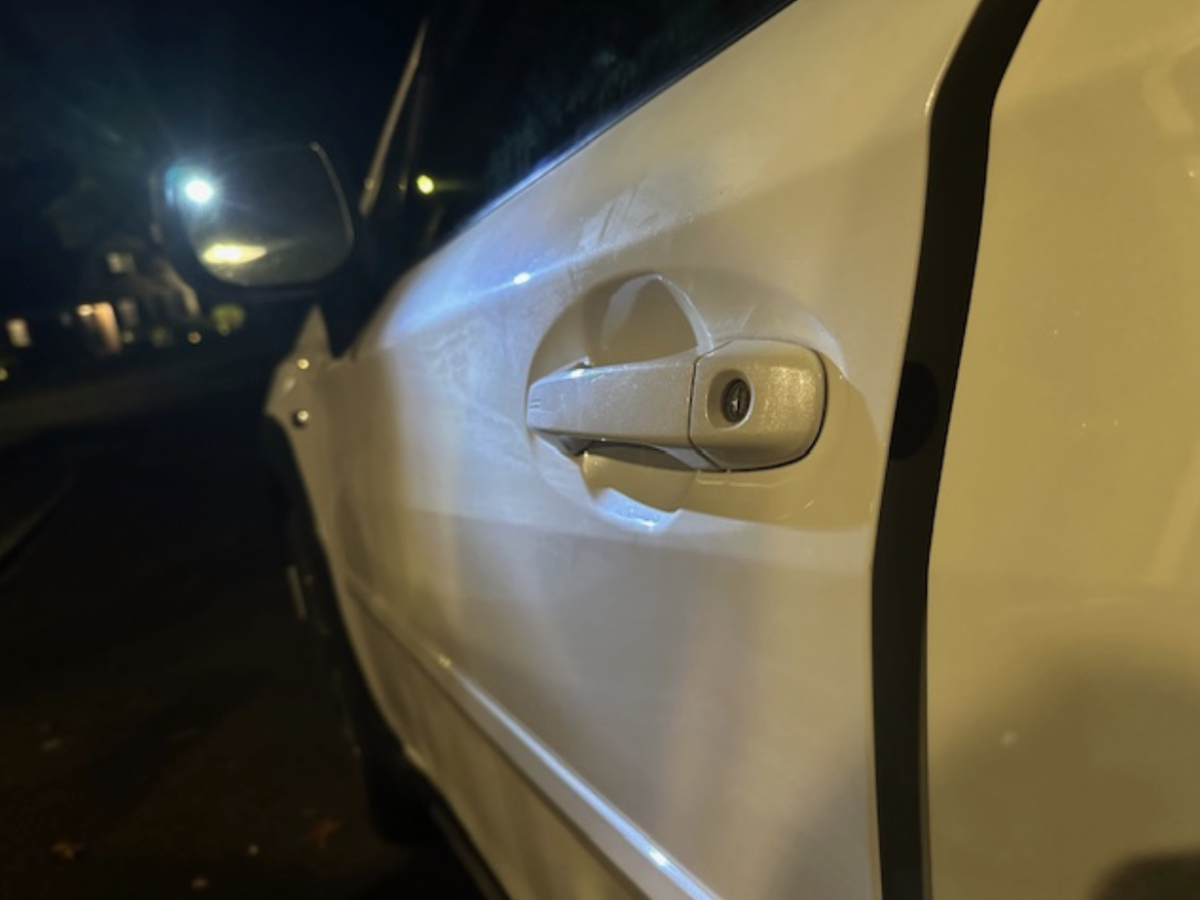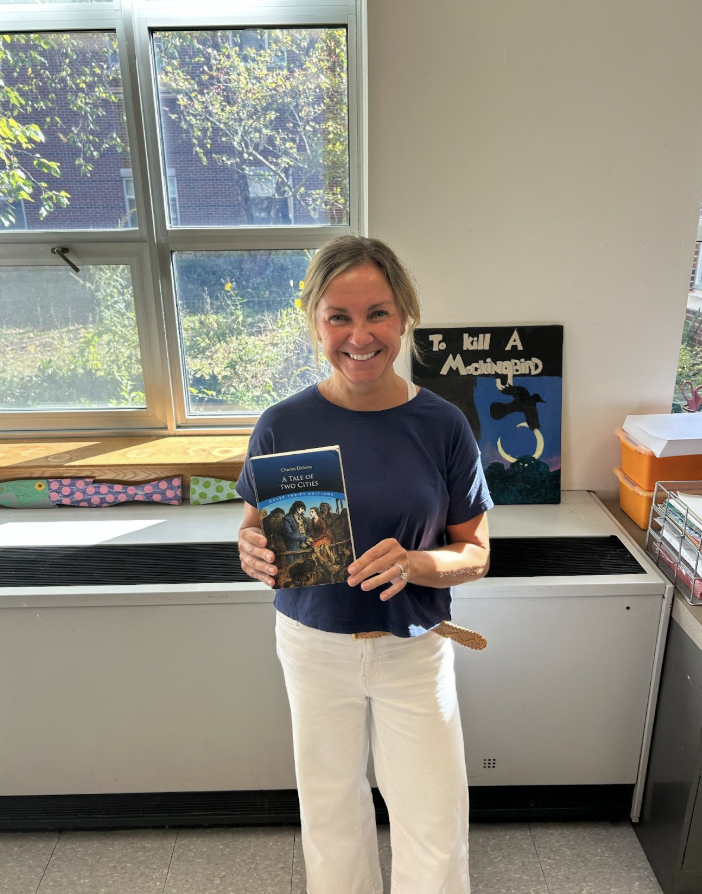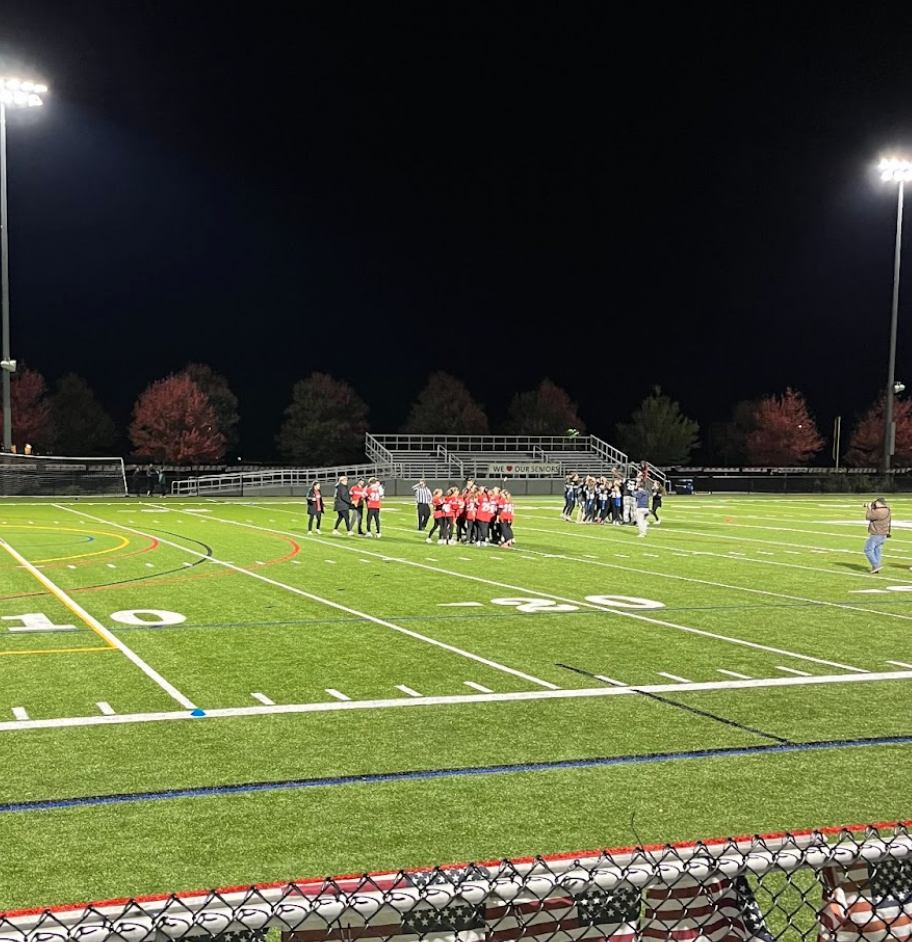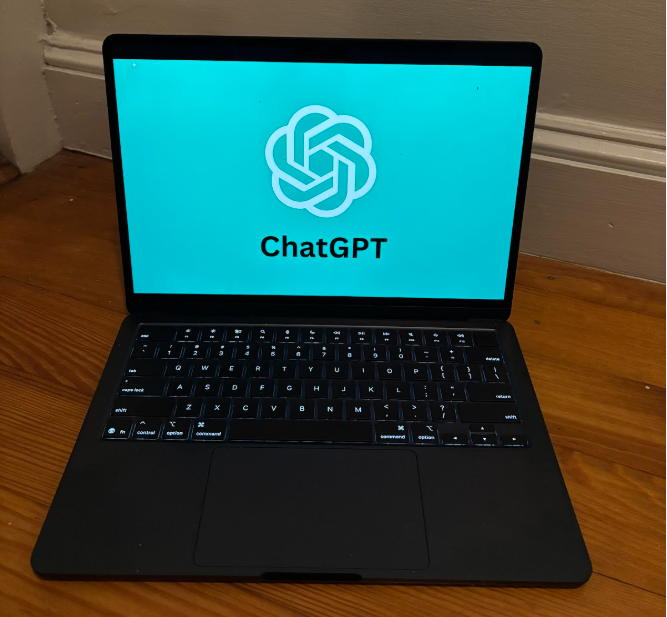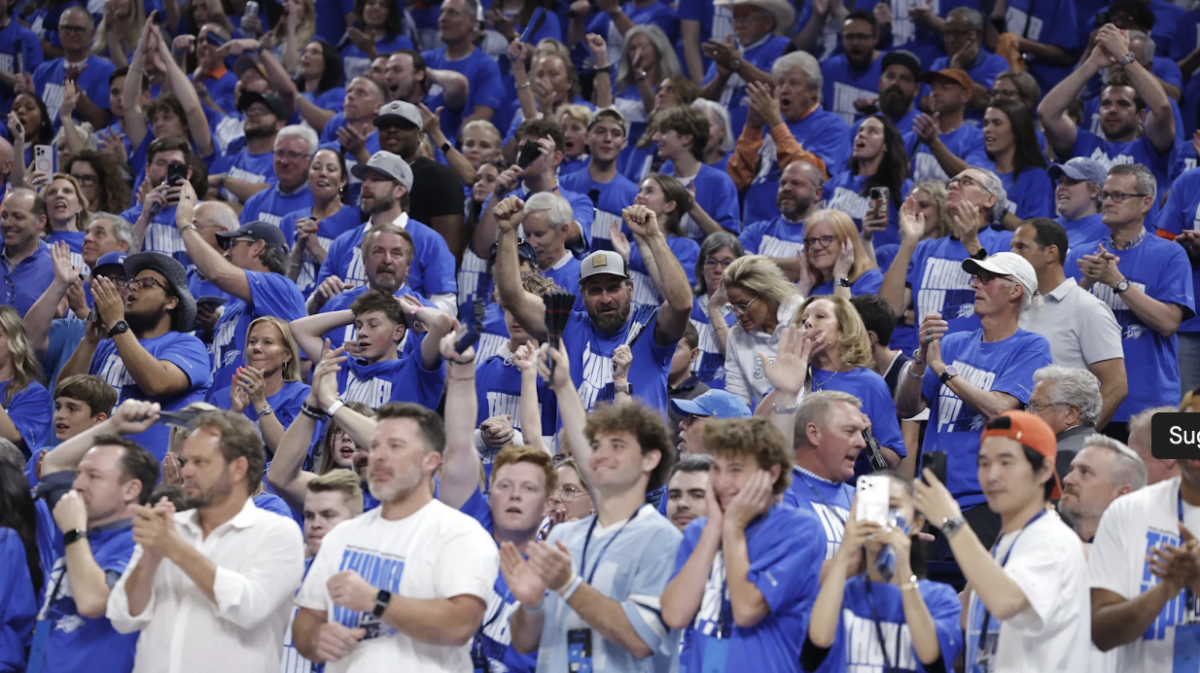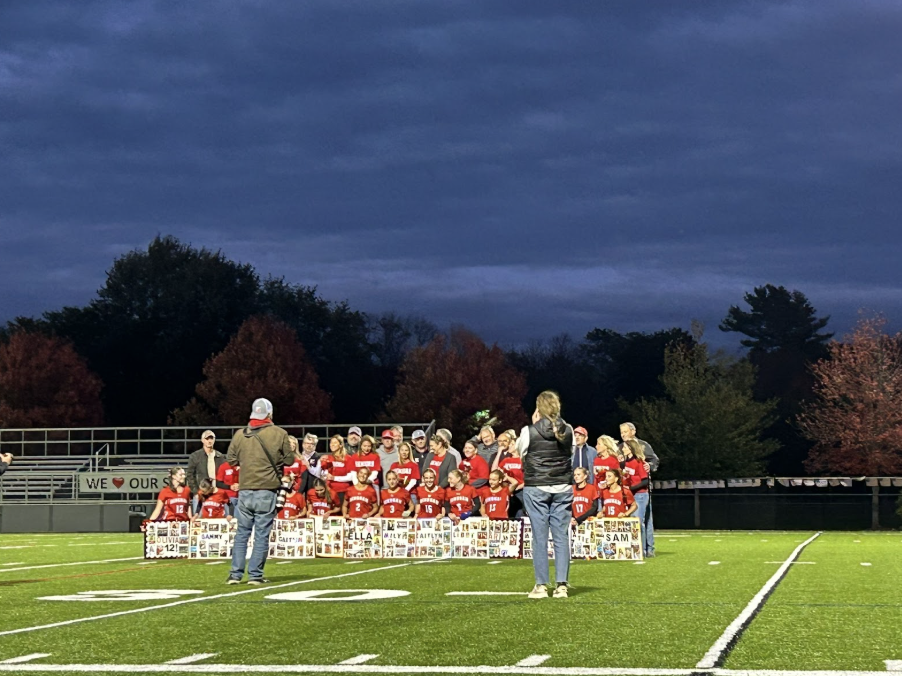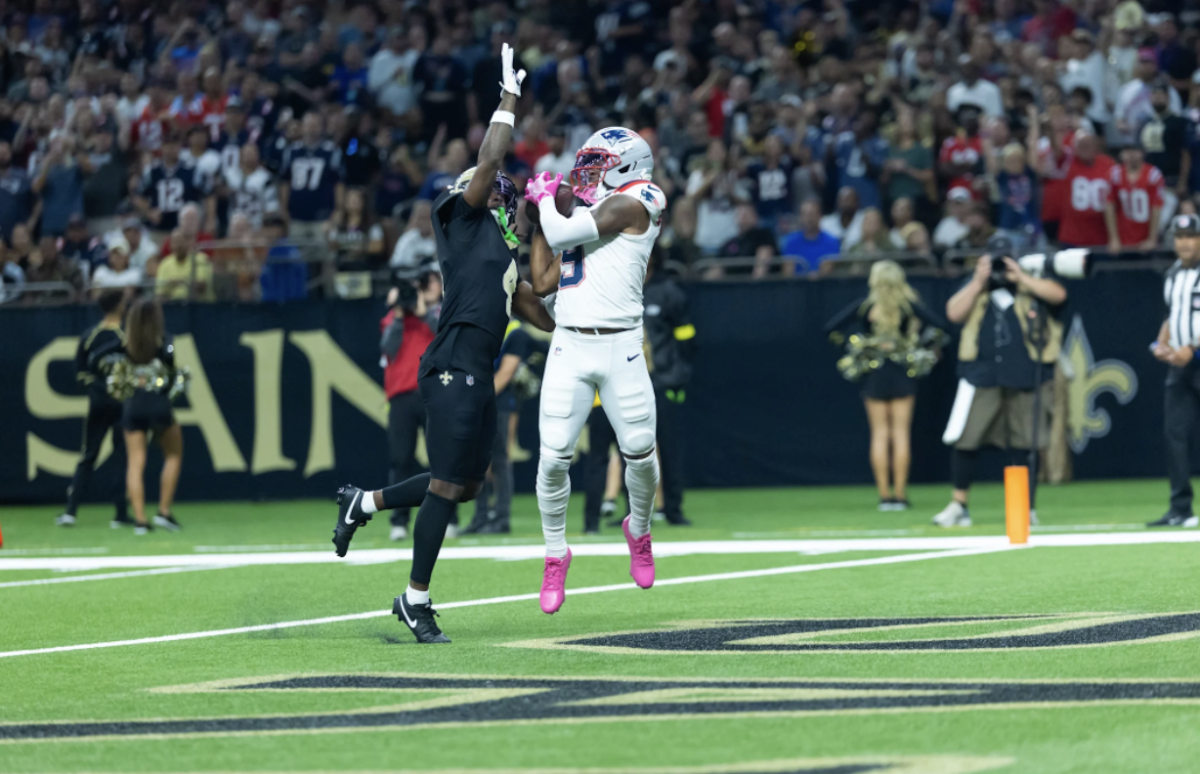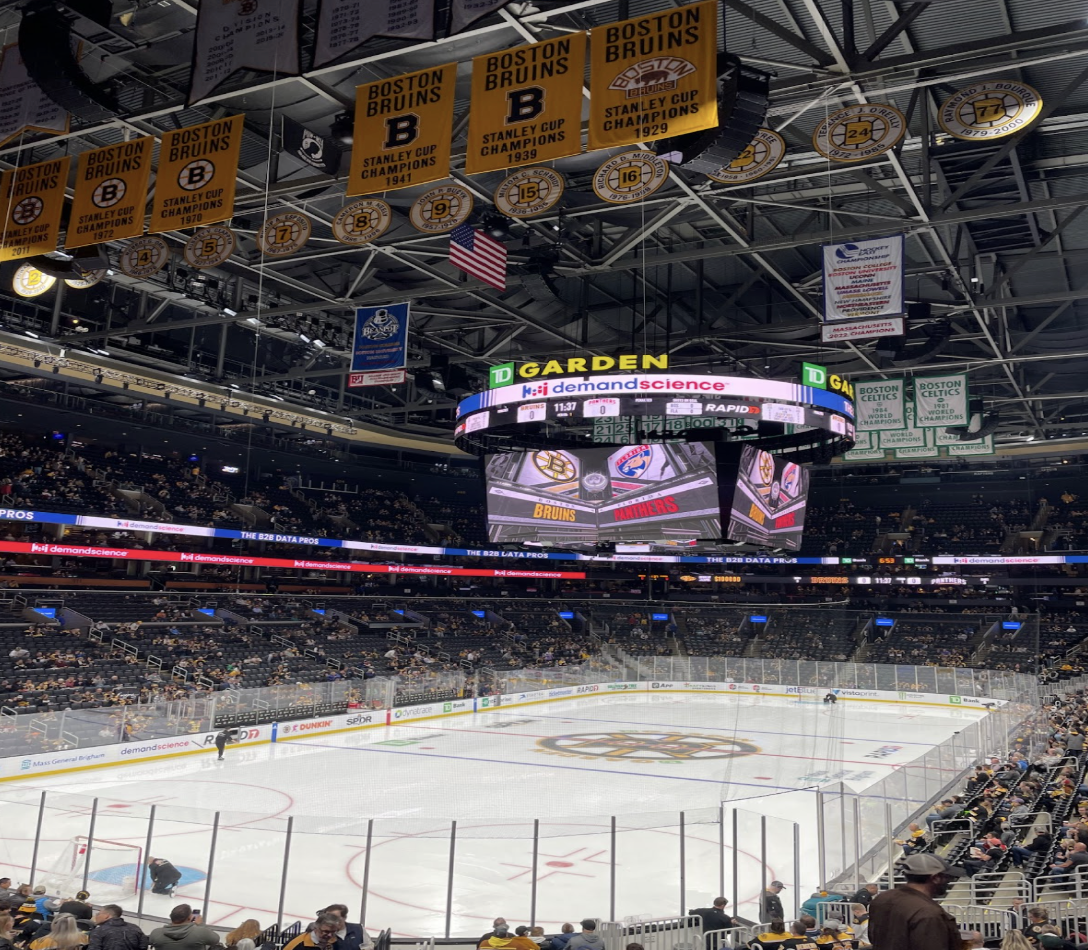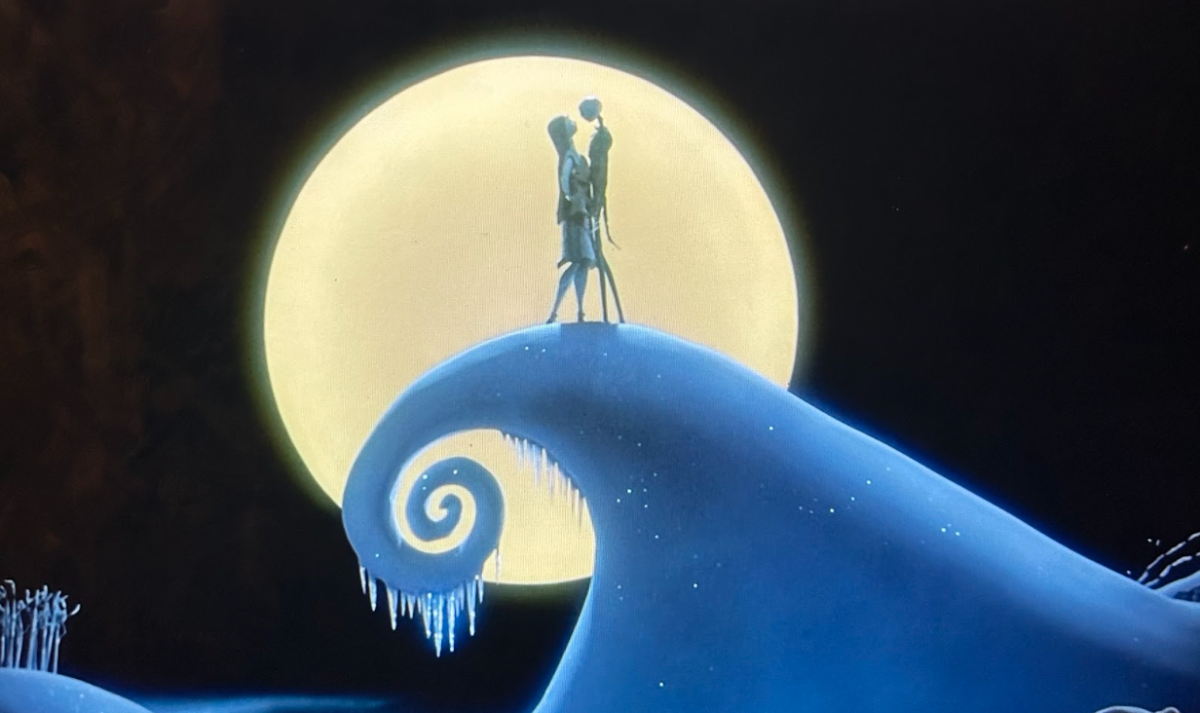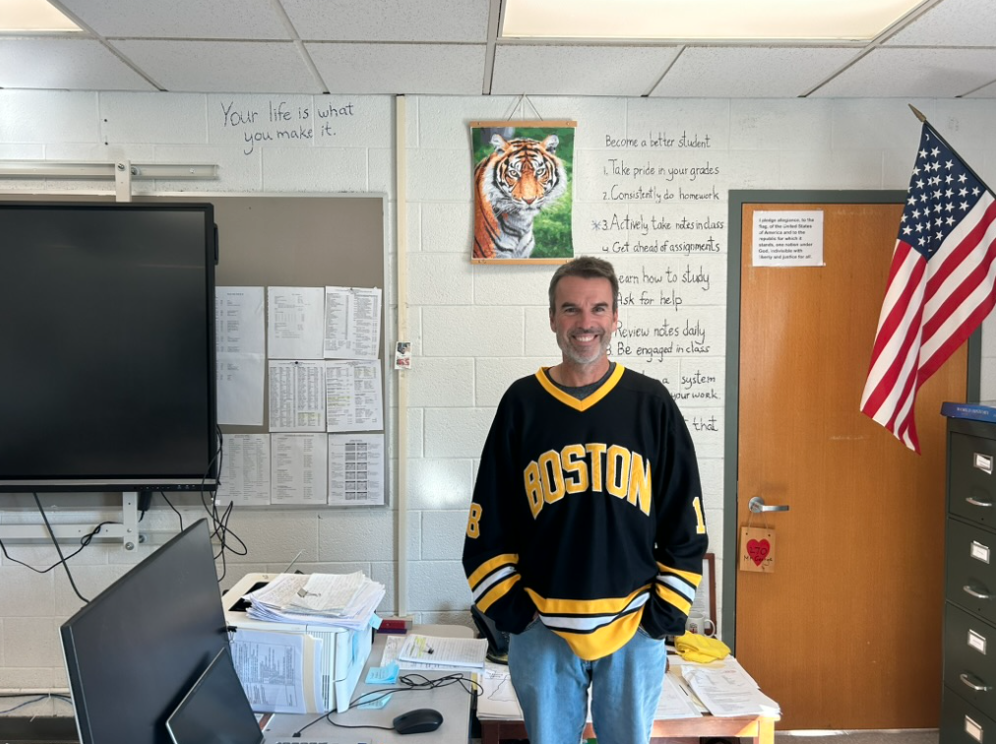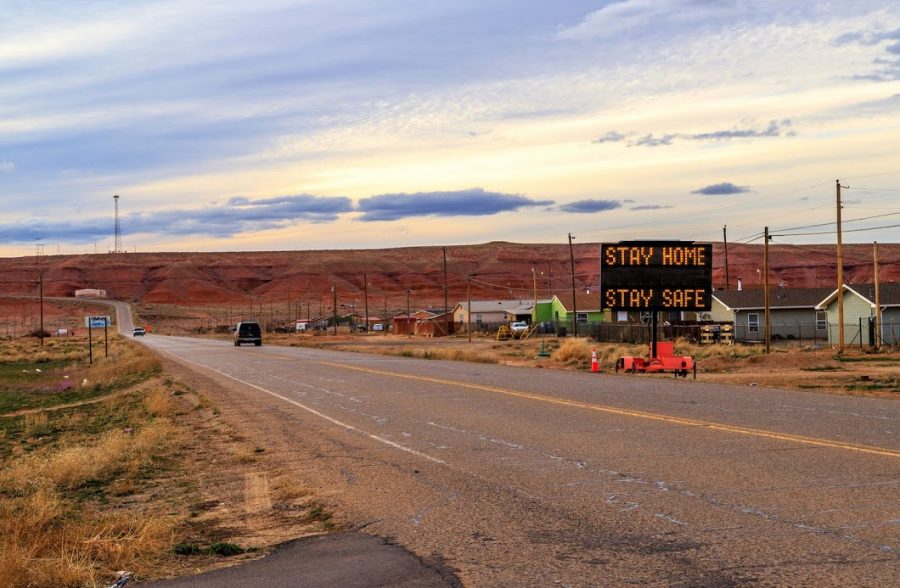Navajo Nation Combats COVID-19 with Highest Per-Capita Infection Rate in U.S.
In the hard-hit tribal nation, weekend lockdowns and stay-at-home mandates aim to curb the spread of the coronavirus.
May 31, 2020
The Navajo Nation is roughly the same size as West Virginia.
It has a population of 173,000, and, with 5,044 cases as of May 29, it currently has the highest per-capita infection rate of COVID-19 in the U.S.
Yet in the news and on the internet, coverage on the Navajo Nation’s struggle is almost nowhere to be found. A Google search of keywords “Navajo Nation coronavirus” turns up about 24 million results. However, searching other U.S. minorities gives rise to far more. “Hispanic coronavirus” gives 85 million results, and “African American coronavirus” turns up over 2 billion. Many U.S. citizens had no idea of the suffering going on in the Navajo Nation until recently. With such disproportionate media coverage, it’s no wonder– it is almost as if the Navajo Nation does not exist.
Why is COVID-19 hitting the Navajo Nation so hard? Some of the same reasons that we’re seeing higher infection rates in other minority communities also play a role here: lack of access to clean water, electricity, infrastructure, and healthcare, among other factors. For the Navajo, many of these issues are connected to a history of federal neglect and insufficient funding.
Authorities tell us to wash our hands frequently– but how can you do that if you have no access to running water? This is a reality for over 30% of residents in the Navajo Nation. In addition, there are less places to purchase food: only 13 grocery stores. For many Indians, the nearest food source could be an hour or two away. And with each grocery store being more crowded, maintaining social distancing is near impossible.
The Navajo Nation faces a severe lack of infrastructure to combat the virus; access to roads, healthcare, and electricity, things that the rest of the United States often takes for granted, are scarce. There are only six hospitals in the entire nation.
The Indian Health Service (IHS), charged with providing healthcare to American Indian tribes, is underfunded and disorganized. According to Roll Call, government officials overseeing the IHS call it “severely troubled,” and “a mess.” They report such atrocities as having seen a baby born in a bathroom, a heart attack patient going 90 minutes without receiving care, and an emergency room being closed for six months.
“I think it’s horrifying,” says Hingham High Sophomore Avery Marchand after hearing about the neglect shown towards Native American tribes. “We don’t realize how lucky we are to have access to these kinds of things.” Without sufficient healthcare, COVID-19 patients in the Native American community are at a far higher risk of death from the virus.
All these shortcomings point to a centuries-old injustice of broken promises and federal neglect. The Navajo Treaty of 1868 dictated that the U.S. government would provide funding for things such as healthcare and infrastructure, yet the coronavirus pandemic’s impact on the Navajo proves the U.S.’s failure to uphold this promise.
The Navajo Nation didn’t even receive federal relief funding until May 6th, six weeks after it was promised. What more, this was only after Navajo Nation President Nez sued the federal government over who is eligible for the money.
Some members of the Navajo community are speaking out against the United States’ apparent disregard for their nation. About a month ago, a Navajo teen named Jojo Jackson went viral on TikTok when he highlighted the disproportionate effect of COVID-19 on Native American communities and the lack of media coverage. “Today Native Americans are being left out of the U.S. data count on positive coronavirus cases and being labeled as other,” Jackson said in the video that made him famous. “We live on broken treaties and broken promises. There are more than 500 native american tribes in the U.S. today and we are all told to share 8 billion dollars in relief funds.” He later said in an interview with the Guardian, “I just want us to be seen.”
His opinions are shared by students at Hingham High. Sophomore Alex Denning believes “it’s incredibly embarrassing that our government refuses to provide enough help to the natives or even acknowledge their cases… our current government is a joke that has no idea how to handle the coronavirus, but is also incredibly racist.”
Even more surprising is the failure of coverage from the mainstream media. There are shockingly few news articles about the pandemic in Native American communities. As a result, many HHS students (including Marchand, Denning, and myself) are only finding out about it recently.
Perhaps this can be seen as a call to justice. The world needs to come together like never before to fight the coronavirus, and that includes Native American communities– a minority so often forgotten and neglected.
In the defense of Trump’s administration, COVID-19 has been somewhat of a wake-up call for federal officials to increase their efforts towards helping the Navajo and other tribes. Funding has increased, and leaders such as Arizona governor Doug Ducey claim that the state’s “tribal communities remain top of mind” during the pandemic.
But still, racism and stigmas often prevail, and we stand divided. Despite being the original inhabitants of the land we live on, Native Americans receive almost no positive recognition for their culture. And it seems that whenever Native Americans try to call attention to their problems, it is labeled as complaining.
Aren’t we ashamed of what we, as a country, have done to these people– both historically and in the present day? In the past, the U.S. took possession of most of their land– their homes– and forced them into reservations with insufficient infrastructure and resources. Today, it is our responsibility to make up for this. The coronavirus pandemic has proved that we need to improve our relationship with native tribes. Sympathize with them.
At the very least, we need to recognize their existence.


